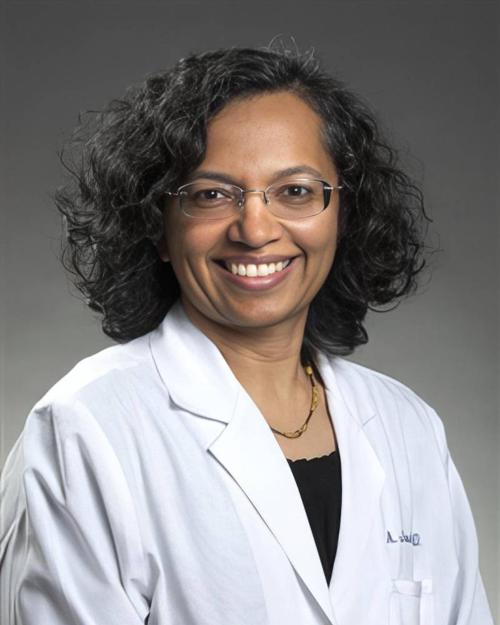
As a board-certified internal medicine physician and a certified yoga teacher, I live at the intersection of two disciplines that many consider worlds apart: modern medicine and ancient yoga. Yet, over the years, I’ve come to see that these worlds don’t just complement each other — they need each other.
Let me begin with a mantra often used at the start of a yoga session:
Om sarve bhavantu sukhinaha - sarve santu niramayaha
Sarve bhaadrani pashyantu - maa kaschid dukha bhaag bhavet
Om shantih shantih shantih
So what this means is:
May all be happy. May all be free from illness. May all see what is auspicious. May no one suffer.
These words reflect the spirit of yoga — union, harmony and peace — a philosophy that stretches far beyond physical poses.
What is yoga?
There’s a common misconception in the United States that yoga is about twisting into pretzel-like shapes. In reality, yoga, derived from the Sanskrit word yuj, means “to join, to unite or to yoke.” At its core, yoga is an advanced science for the union of individual consciousness with the universal consciousness. It is about harmonizing oneself with the universe.
While the physical postures (asana) are well-known, they represent only one limb of an eight-fold path described by Rishi Patanjali thousands of years ago.
Complementary therapies
In the United States, yoga is recognized as a complementary therapy that can be integrated with modern medicine.
In general, the focus of modern medicine is on treating acute illnesses and emergencies, whereas yoga provides preventive and rehabilitative approaches.
Both can be complementary.
Several national guidelines include yoga as a treatment option for managing chronic pain, back pain, migraine, eating disorders, diabetes and even cancer.
Why? Because yoga works with the nervous system in a way modern medicine is only beginning to quantify.
Benefits of yoga
Regular practice reduces cortisol — the “stress hormone” — and activates the parasympathetic nervous system (our “rest and digest” mode). This helps regulate heart rate, blood pressure, digestion, sleep and emotional response. For example, in 2023, the Journal of Headache and Pain gave yoga a B-grade recommendation as an adjunct therapy for migraines, based on evidence from randomized trials.
The beauty of yoga lies in its multidimensional approach. It recognizes five layers or panch koshas of the human experience: physical, breath, emotional, intellectual and bliss. Modern medicine often addresses the first layer. Yoga engages all five.
When I guide patients through practices like simple breath awareness (called Sahaja Pranayama), I often see improvements in stress, sleep and even blood sugar. These techniques are safe, accessible and powerful when practiced regularly.
Ultimately, I don’t see yoga as a replacement for modern medicine, nor do I place one above the other. Each has its strengths. But when incorporated thoughtfully, they offer a more complete vision of health — one that aligns with the World Health Organization’s definition: “a state of complete physical, mental and social well-being, and not merely the absence of disease.”
The future of health care is not about choosing between science and spirituality — it’s about weaving them together. That’s what yoga and medicine, practiced with intention, can do.

